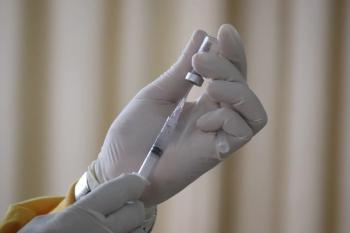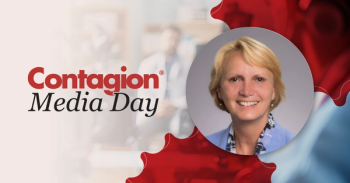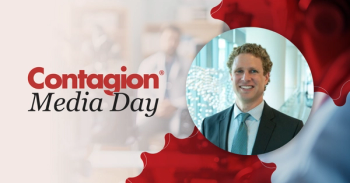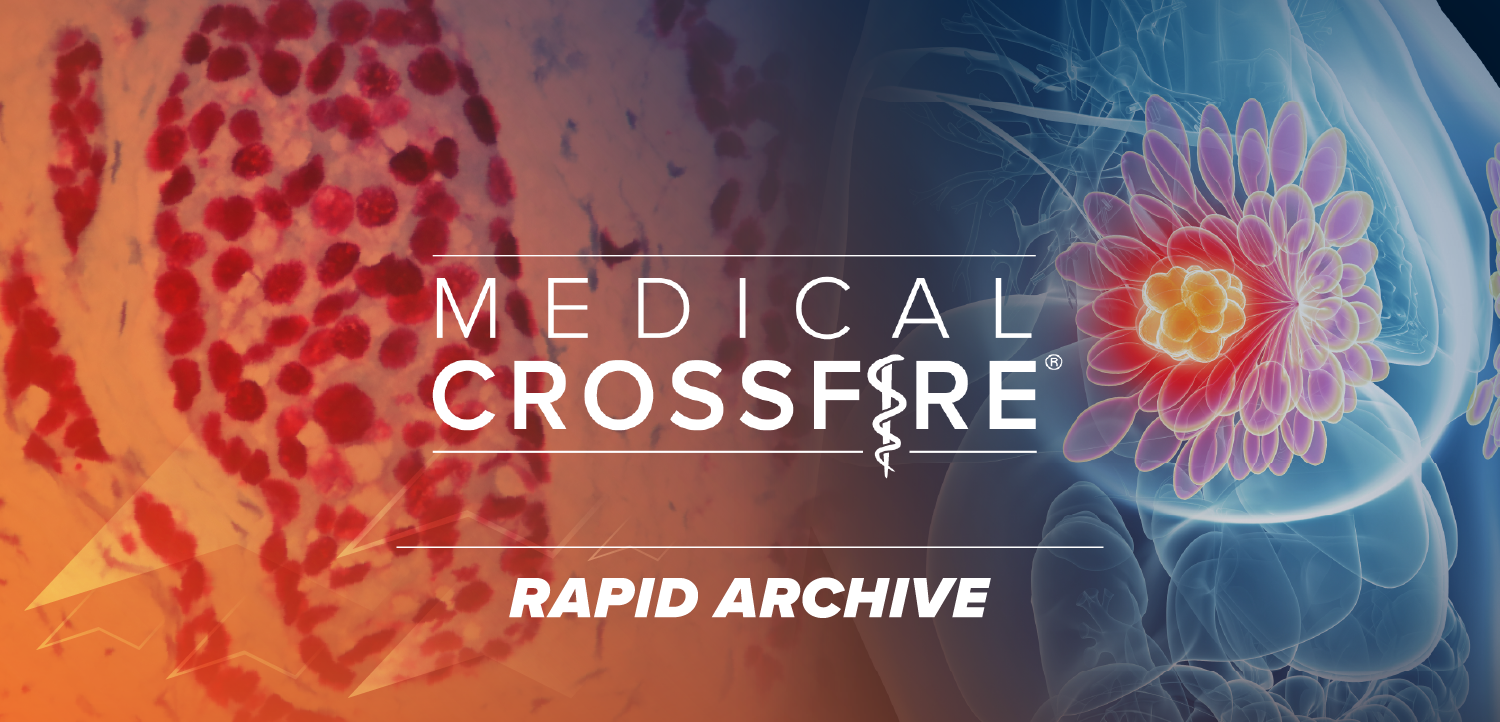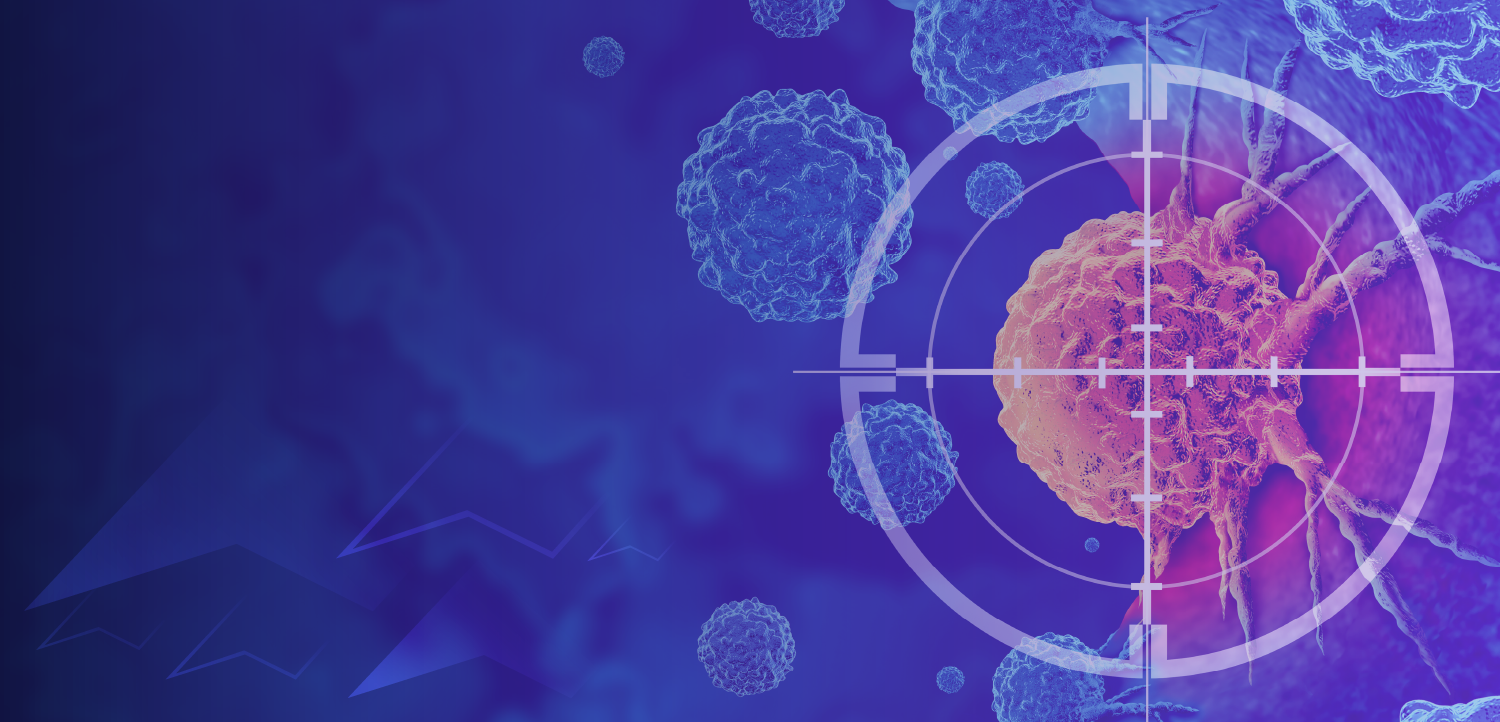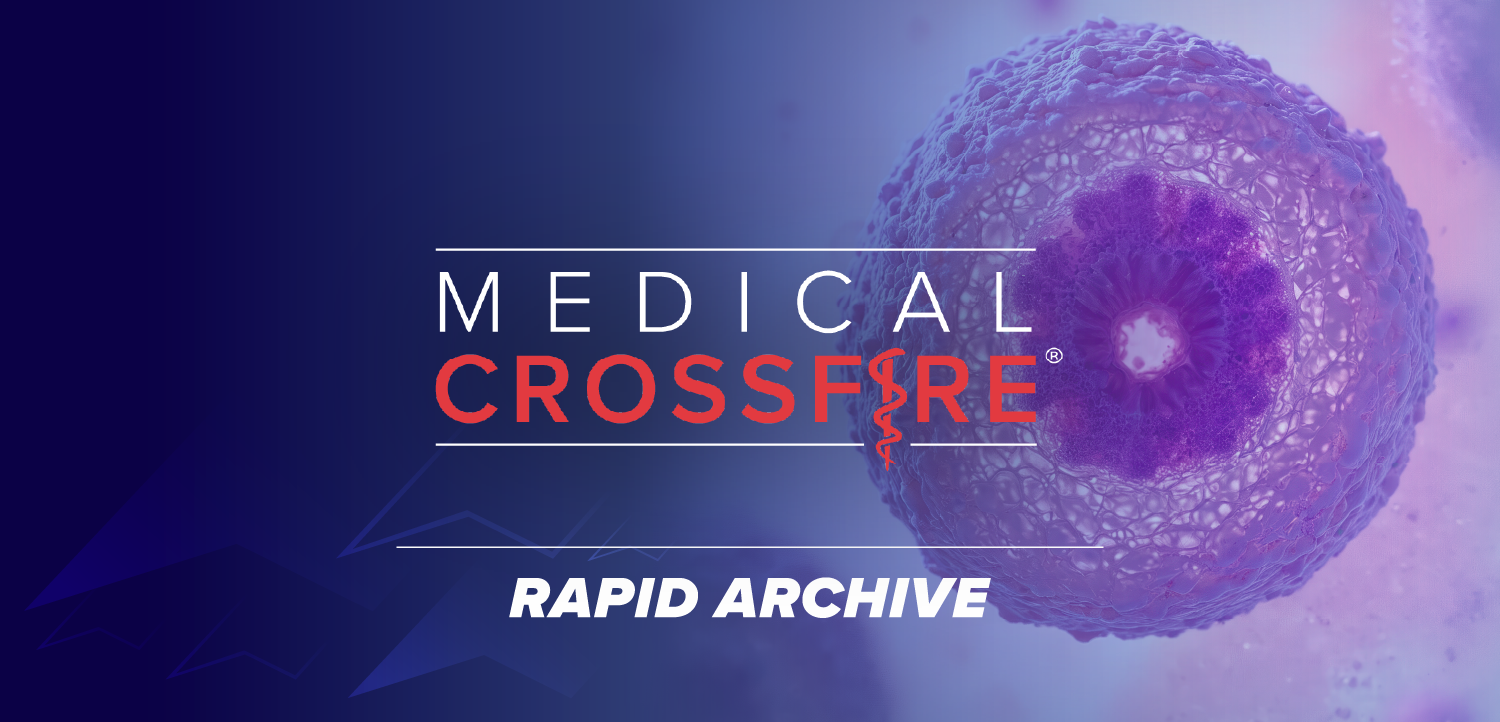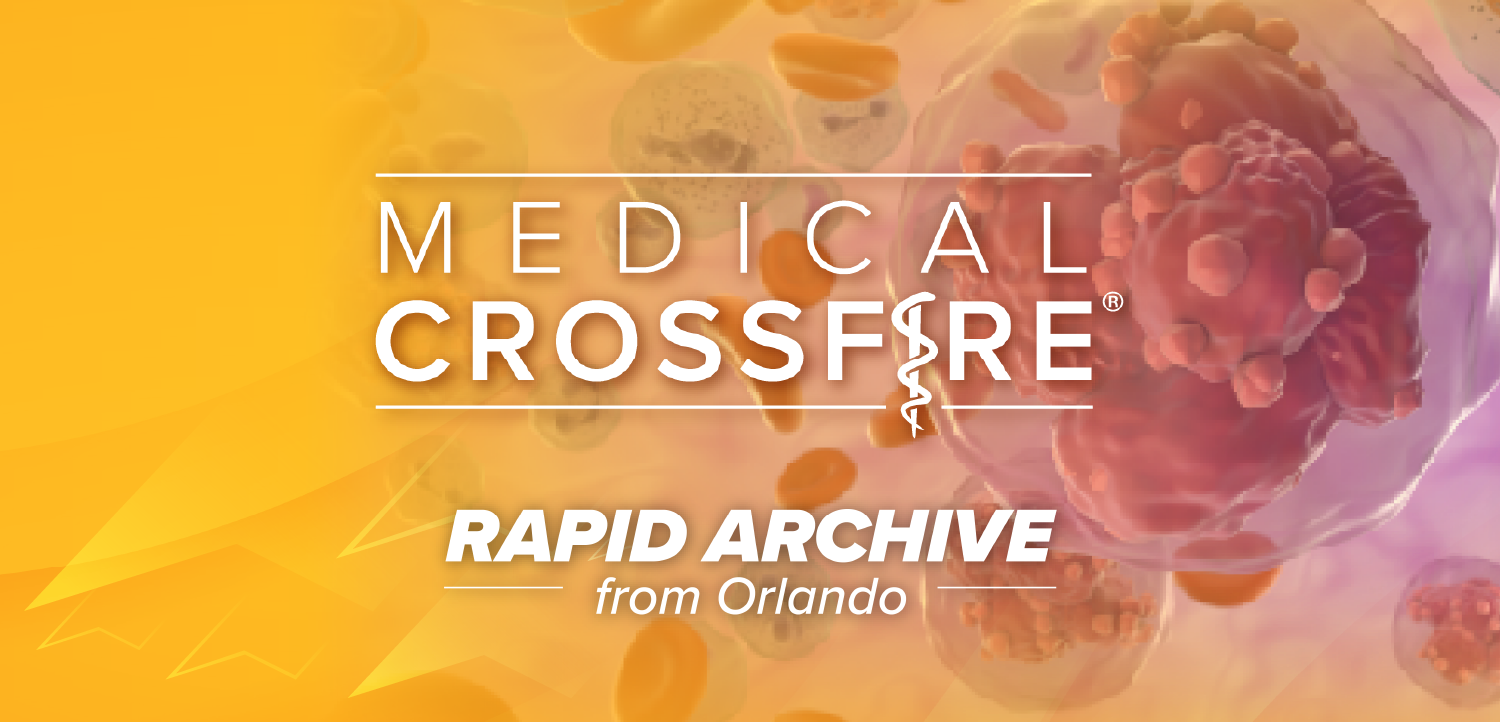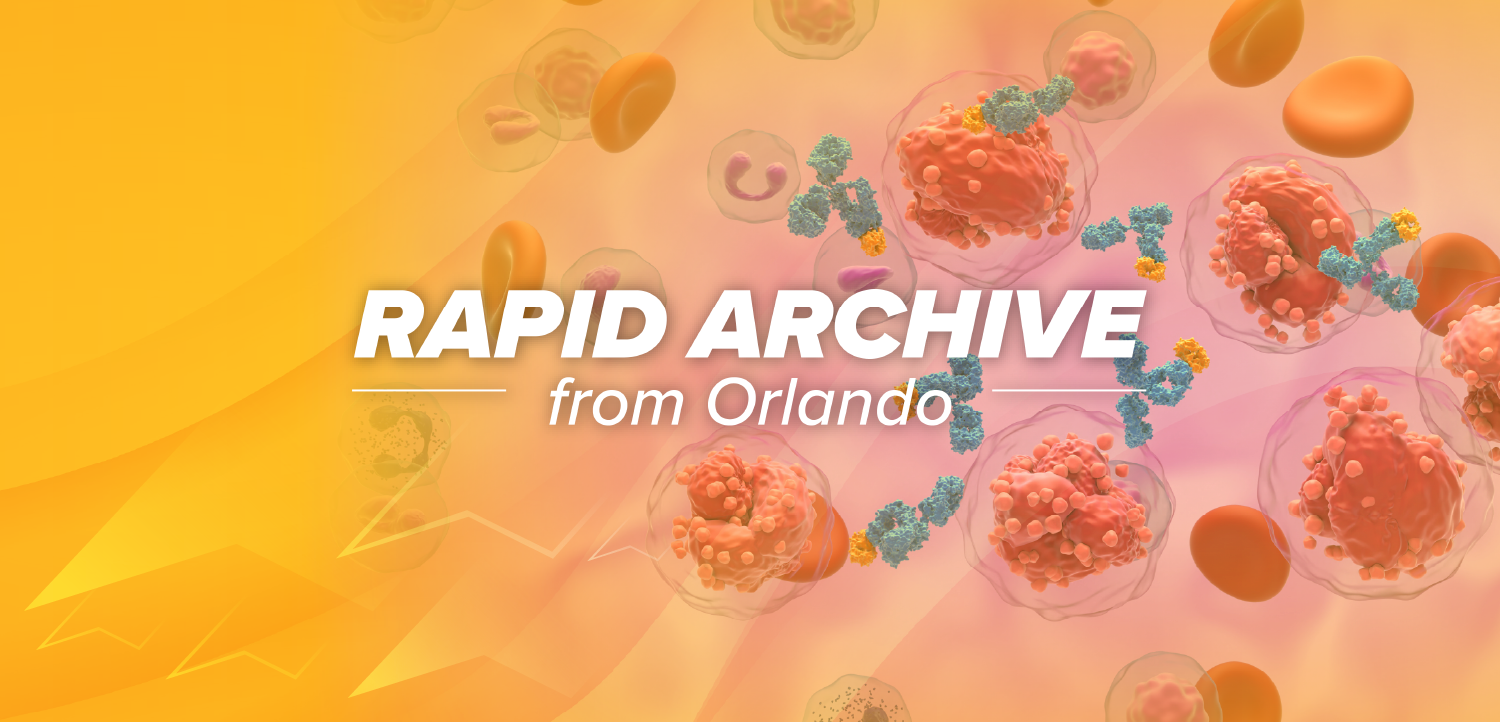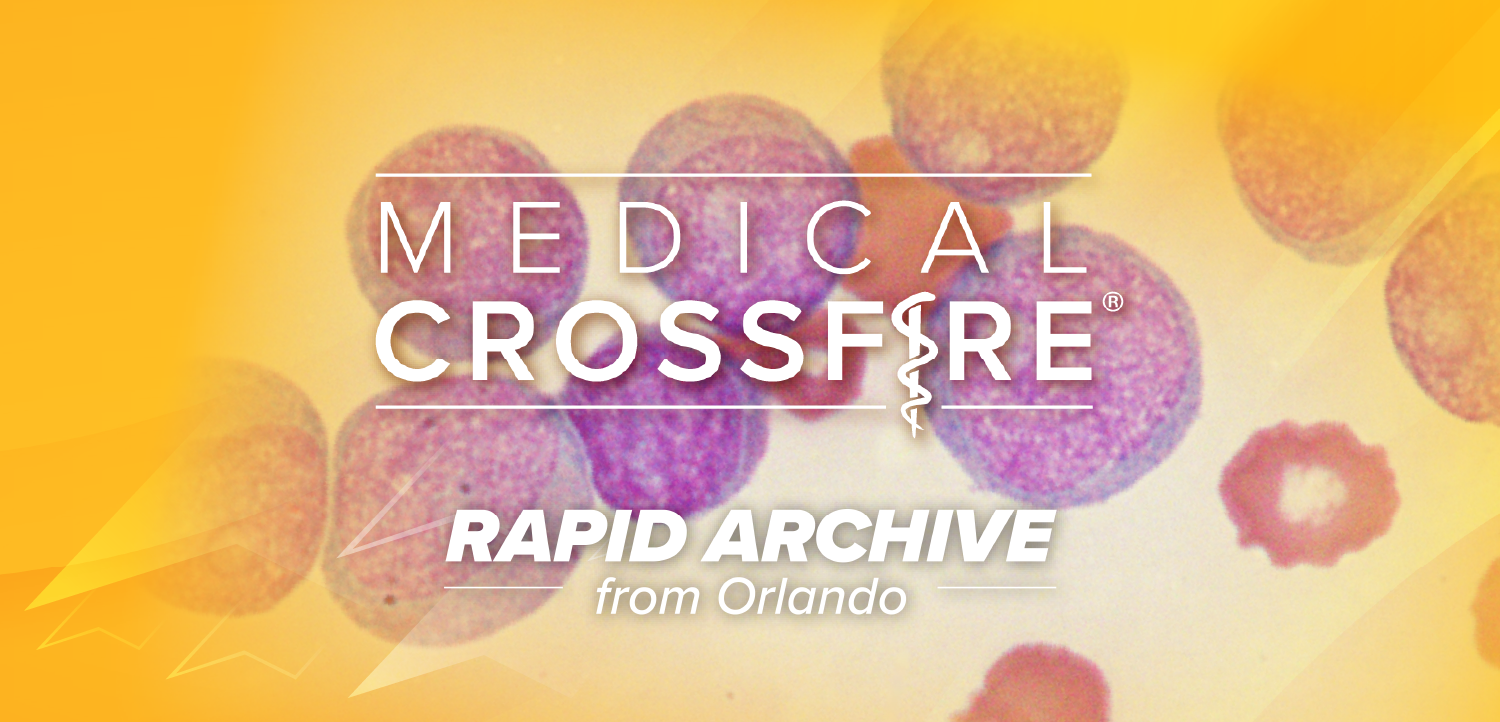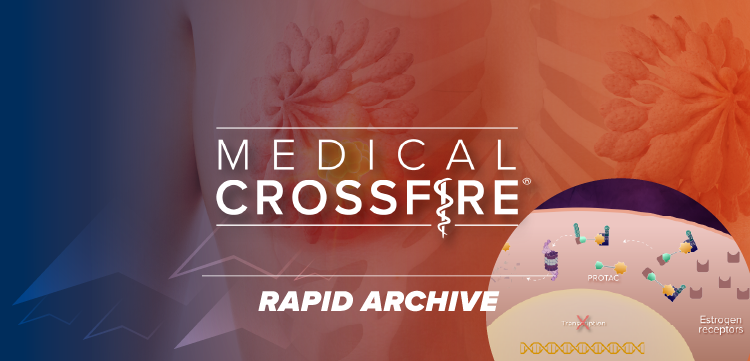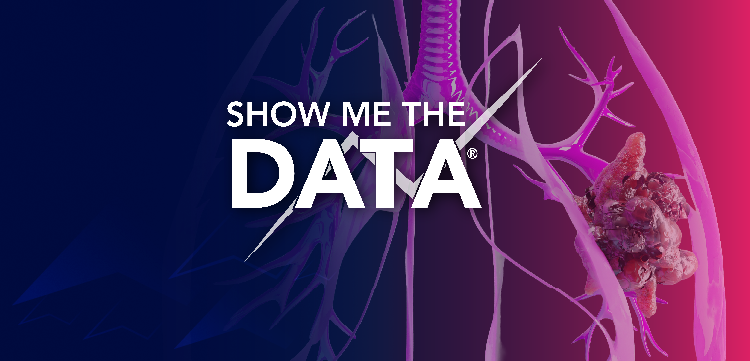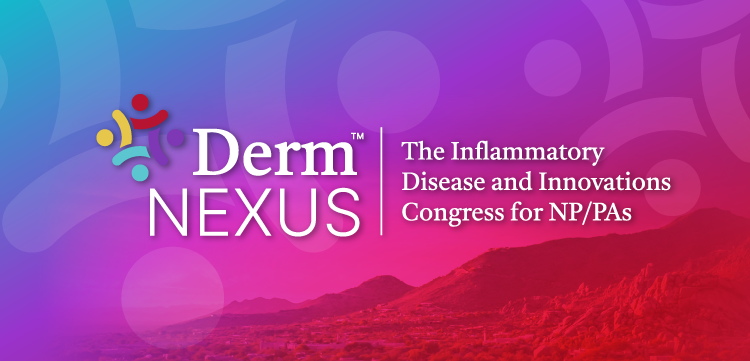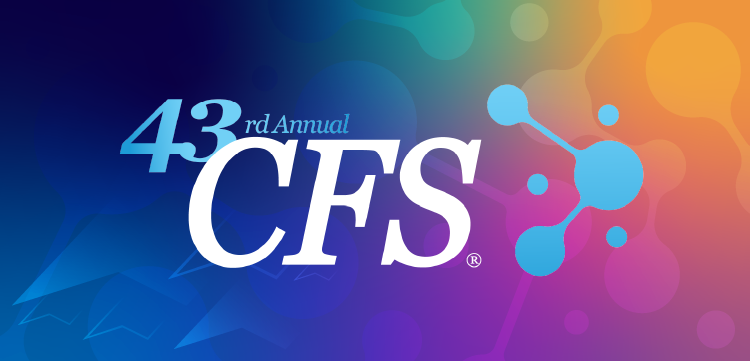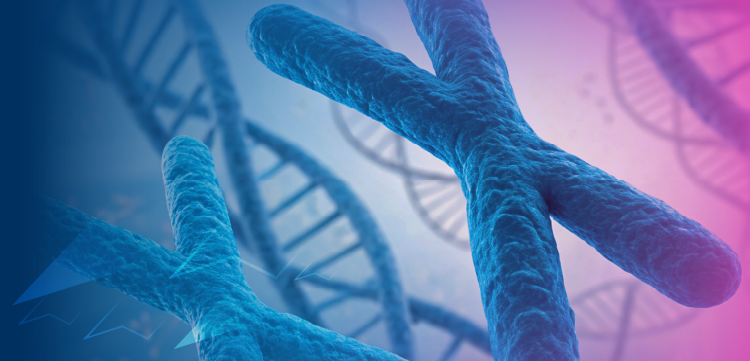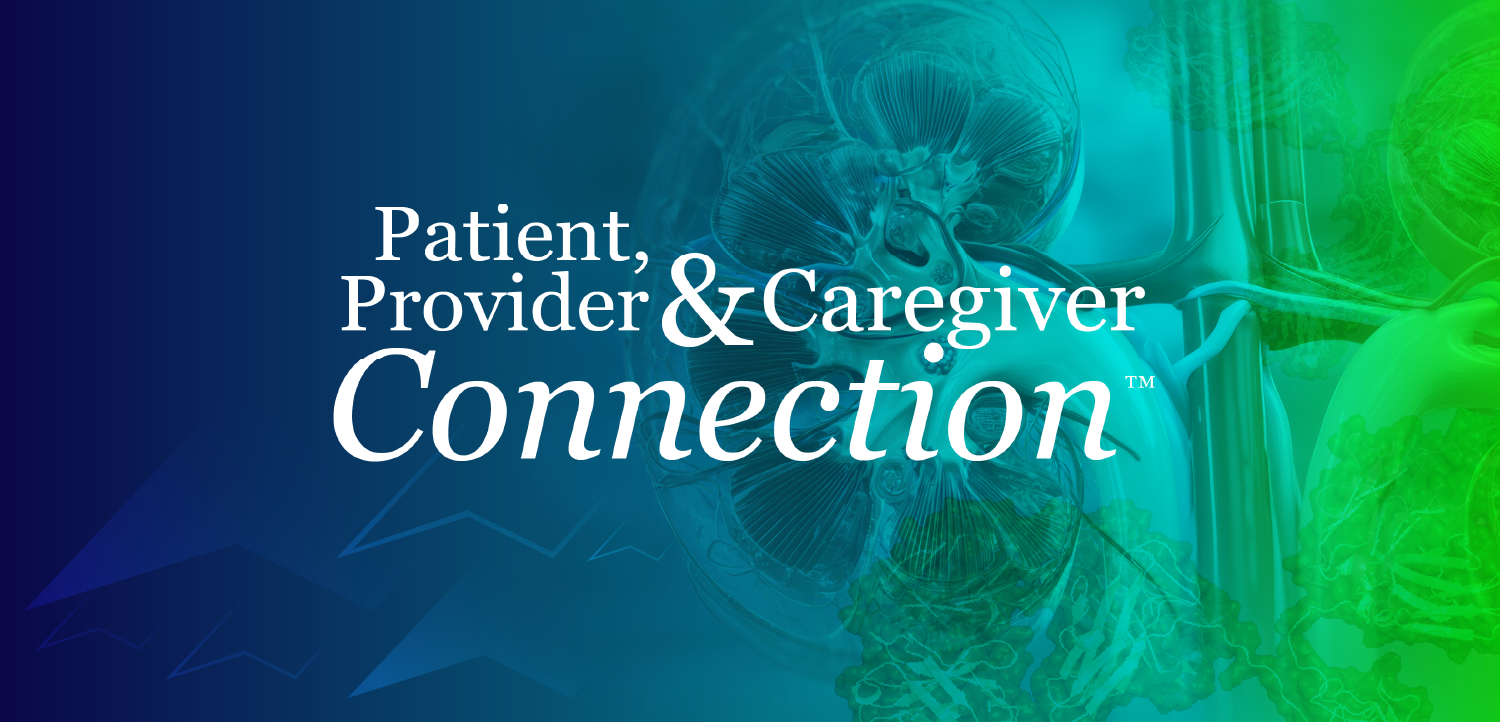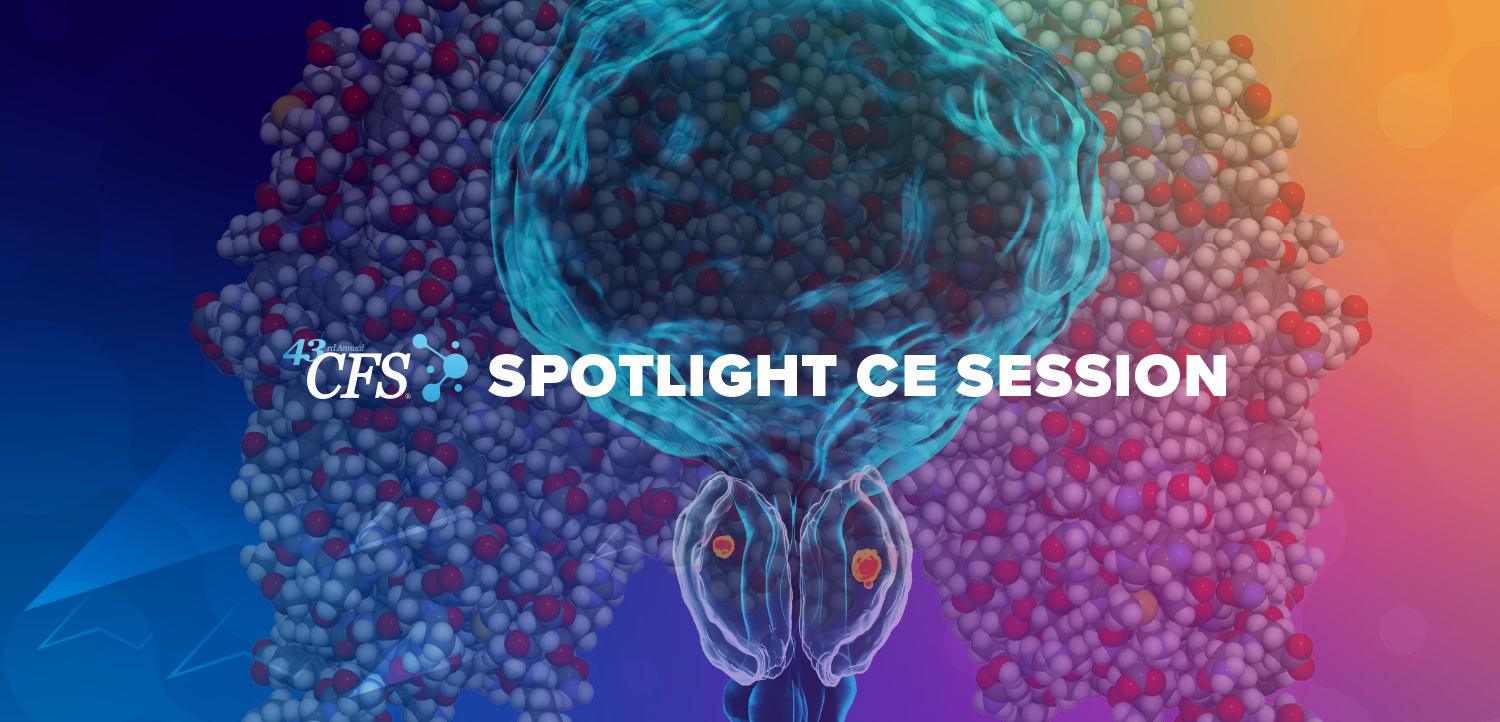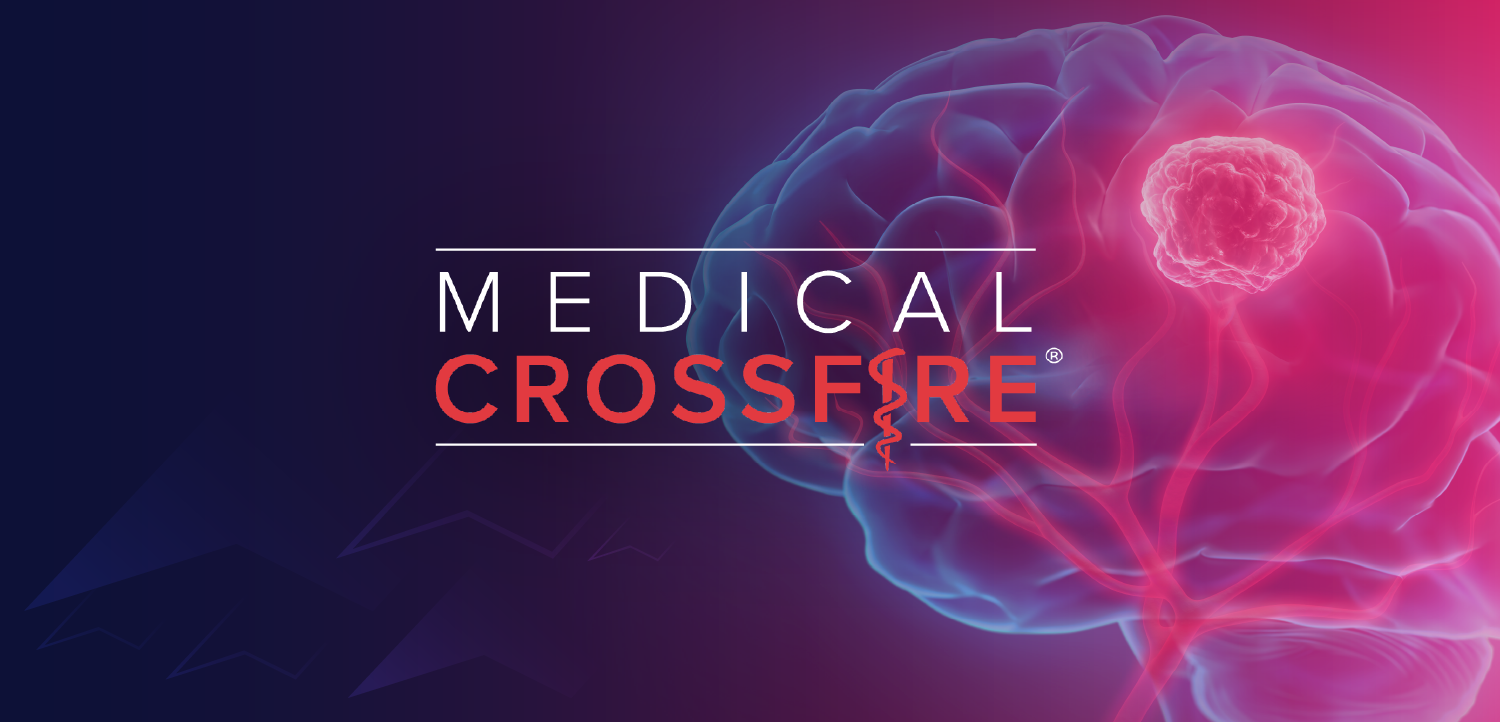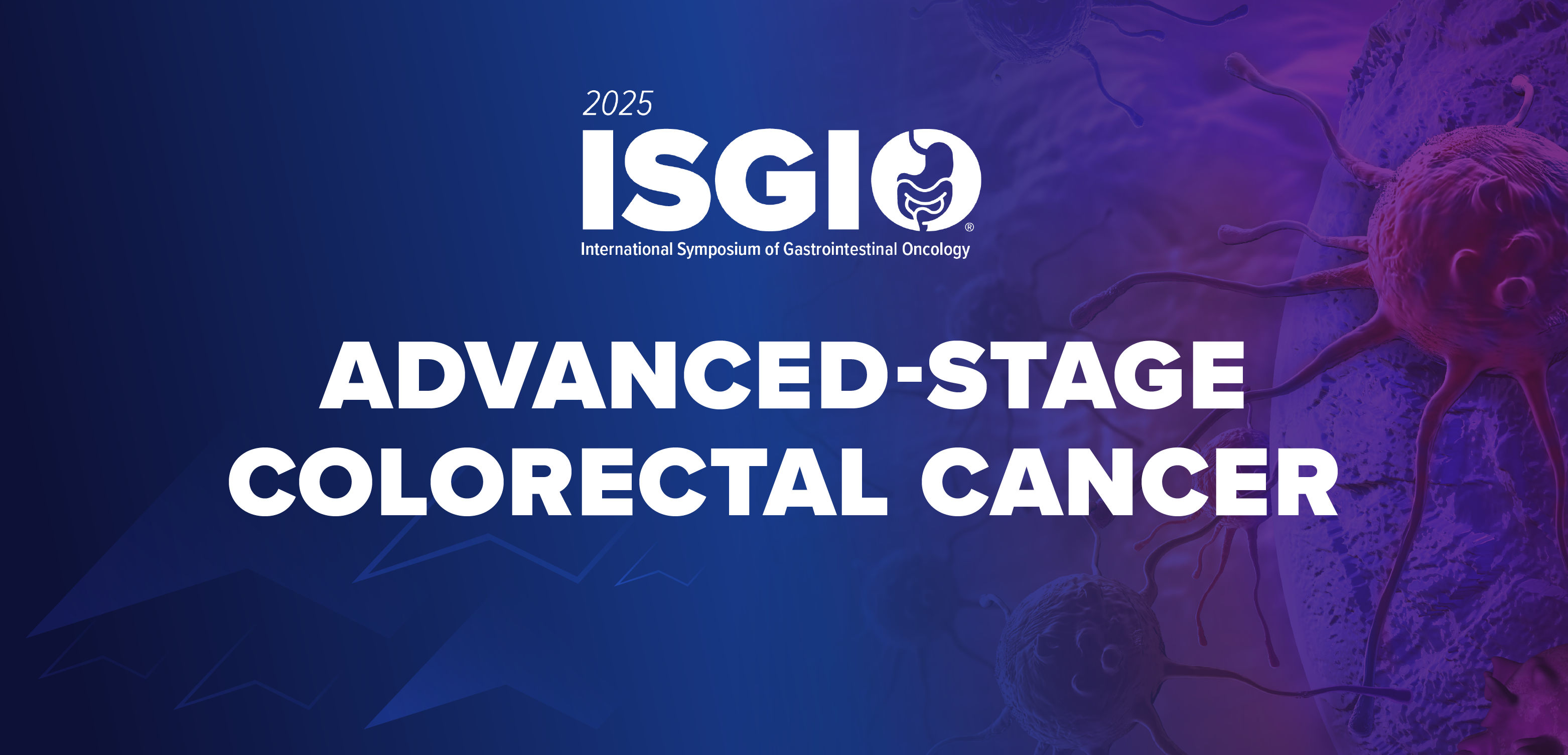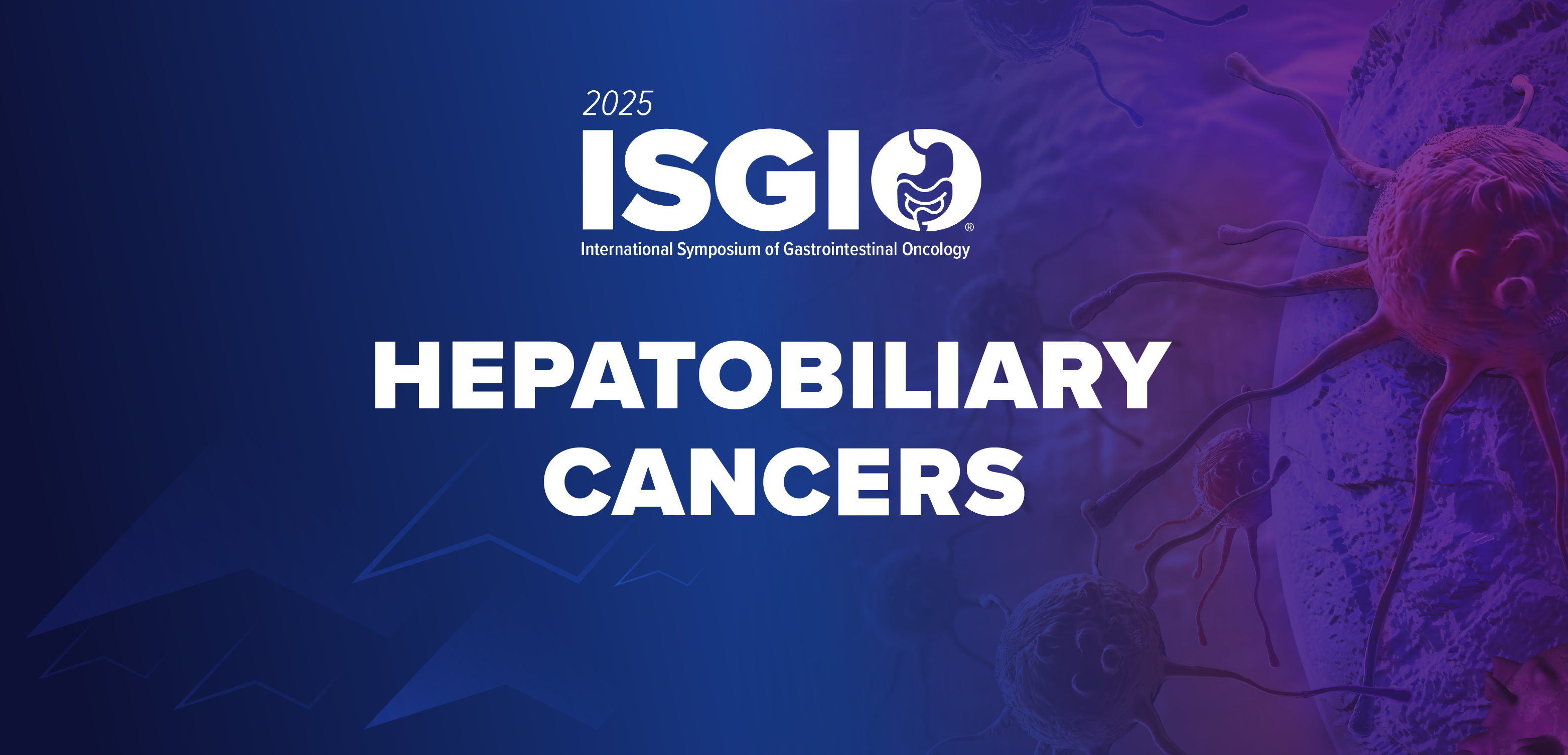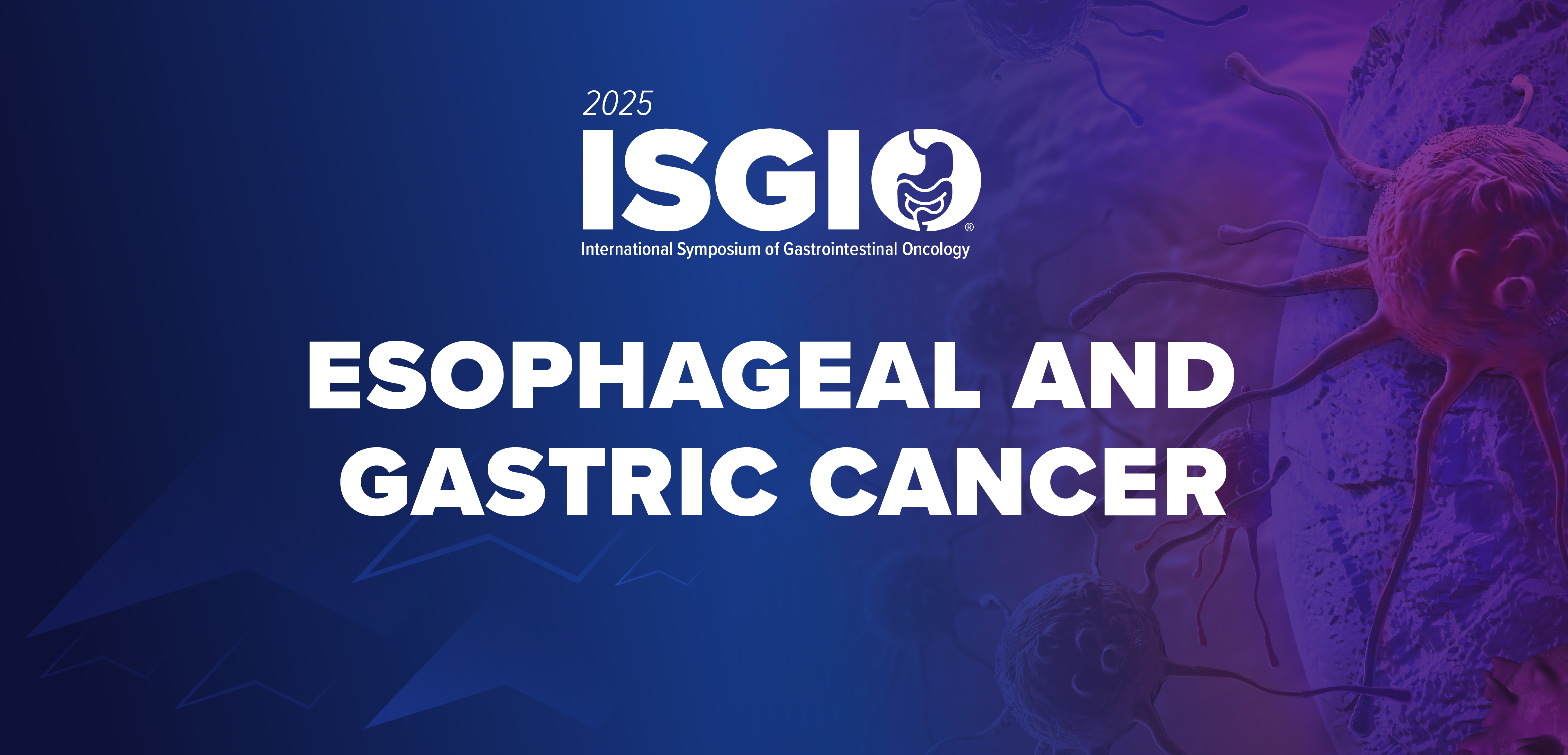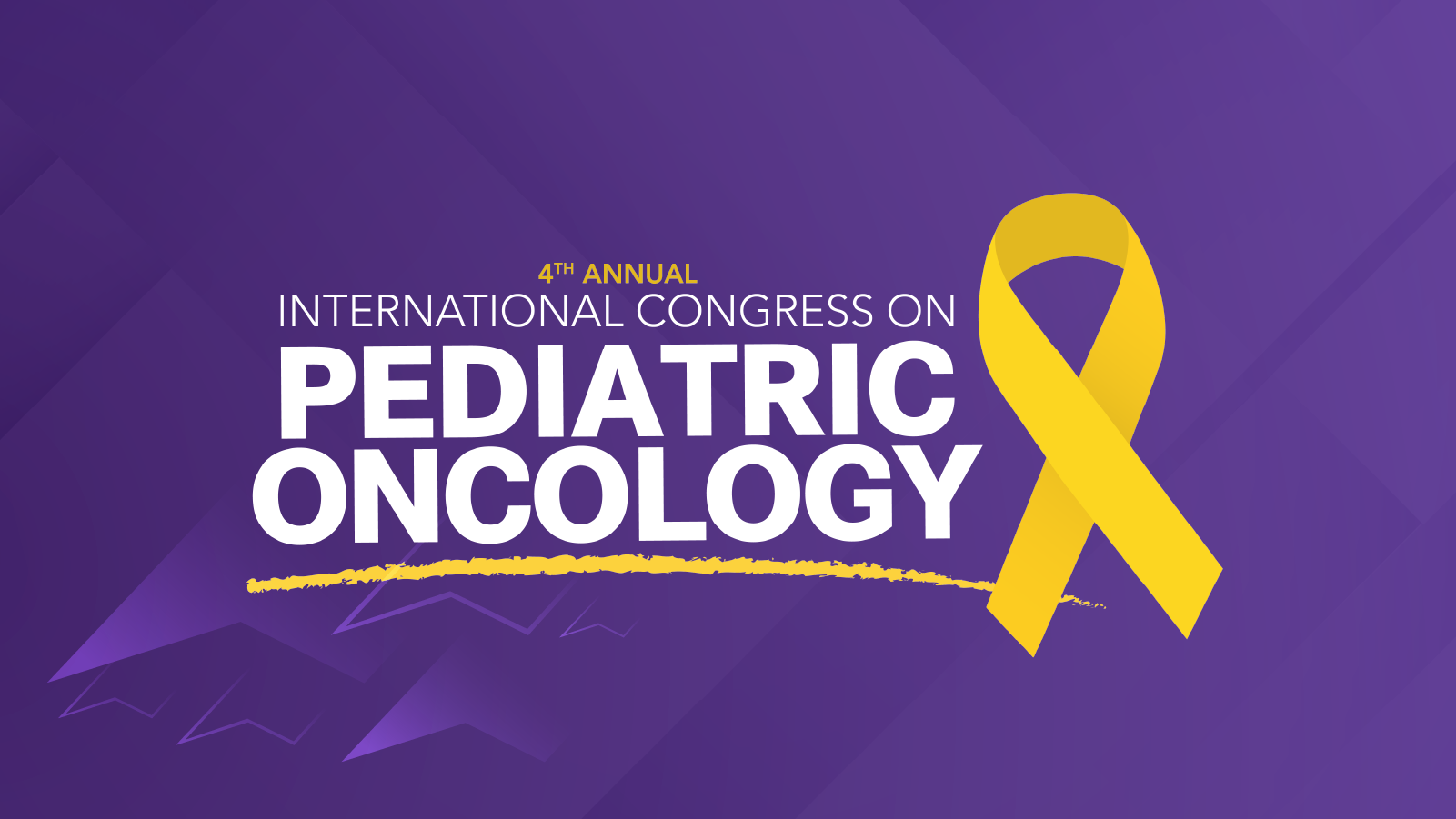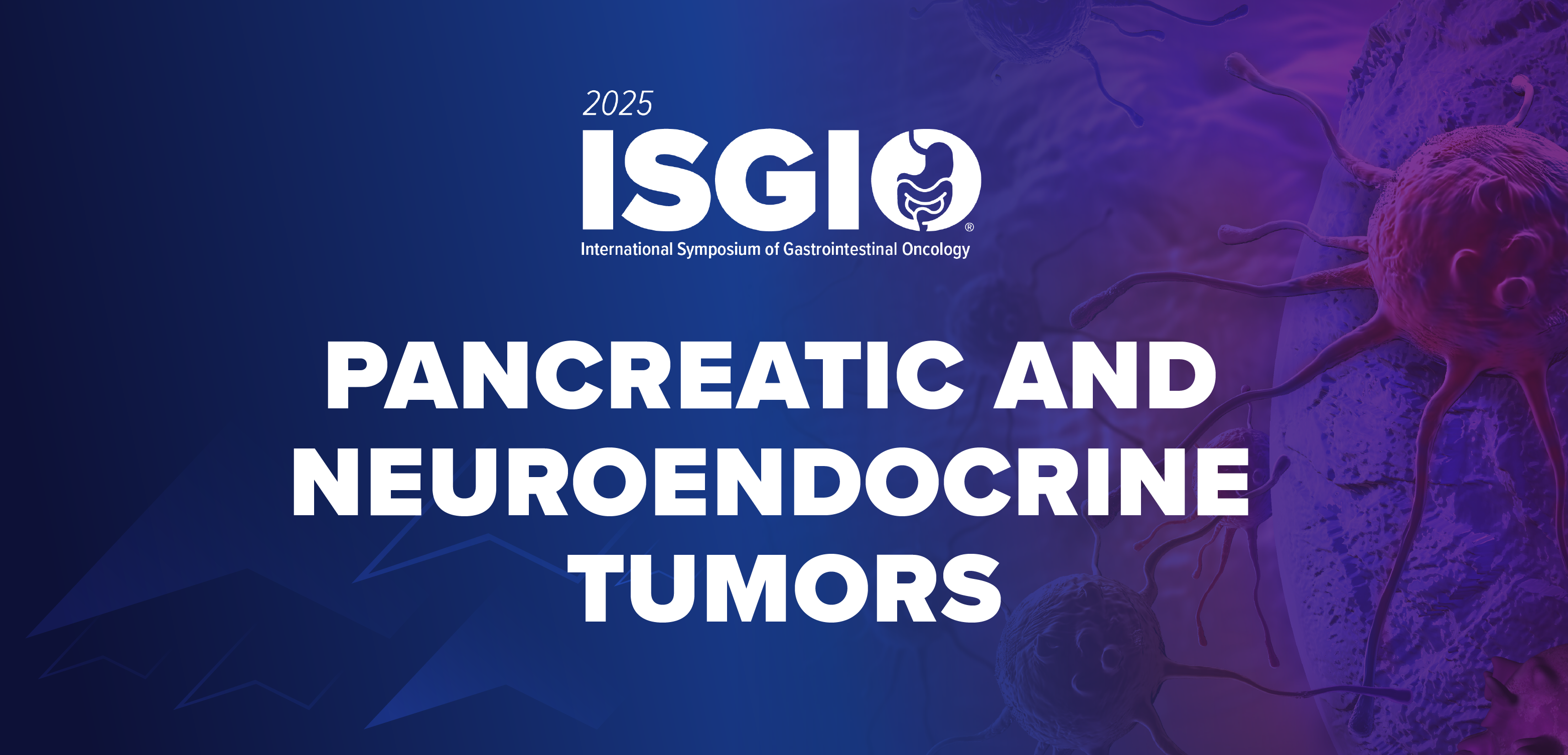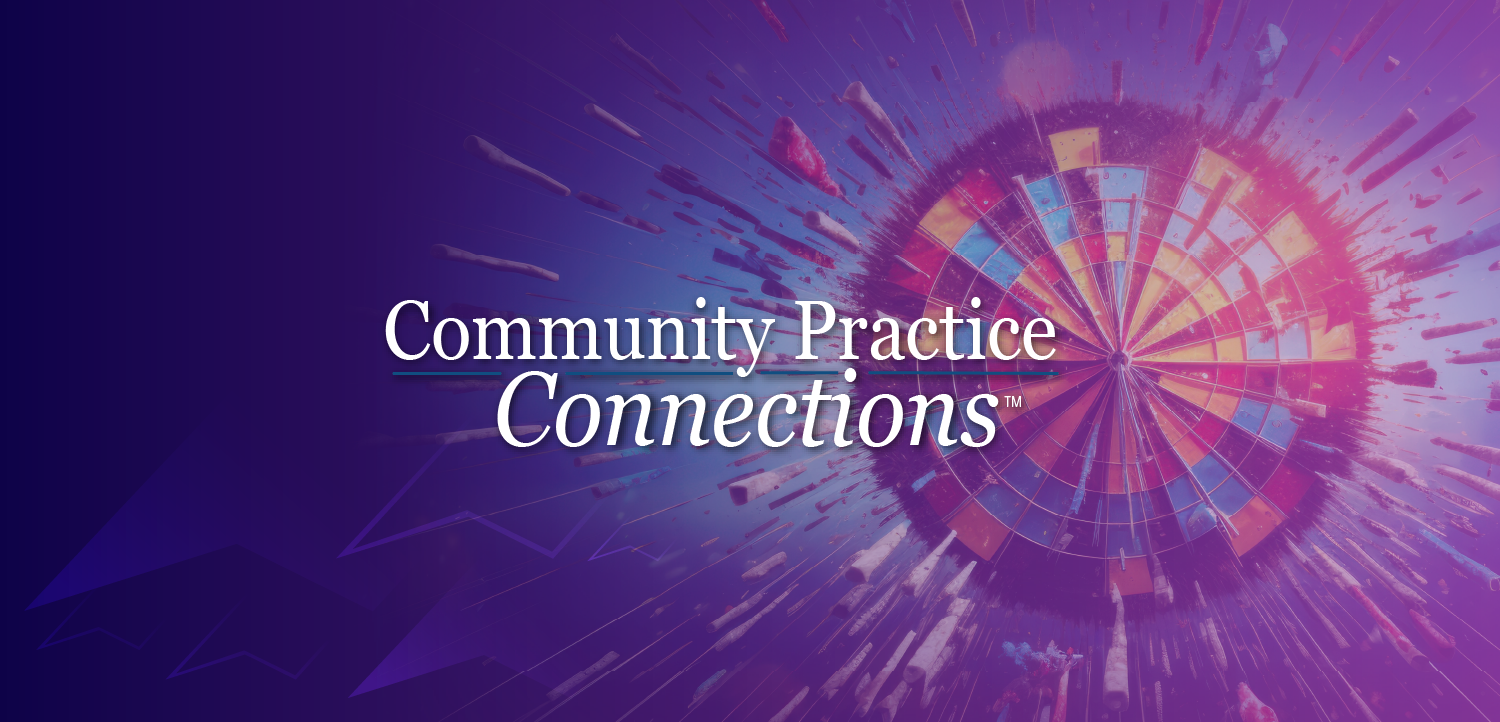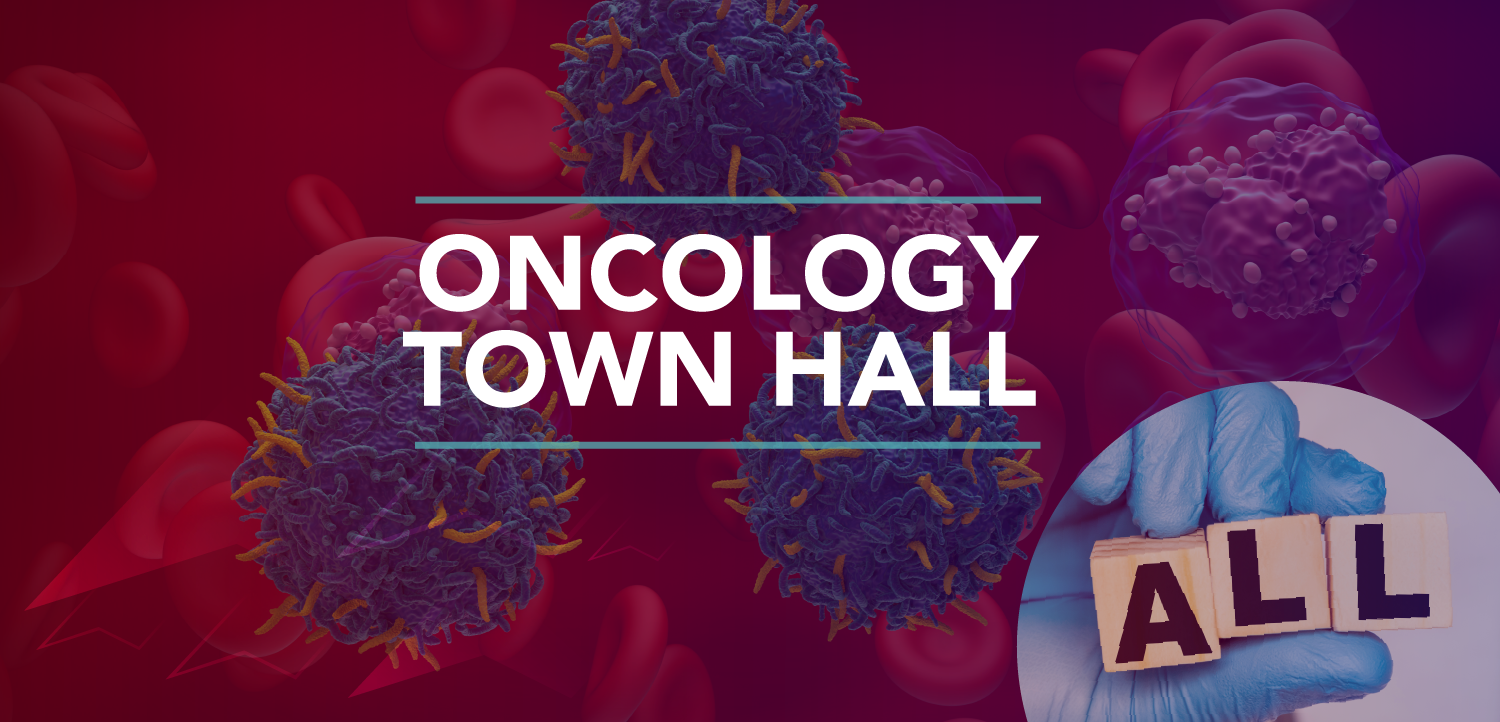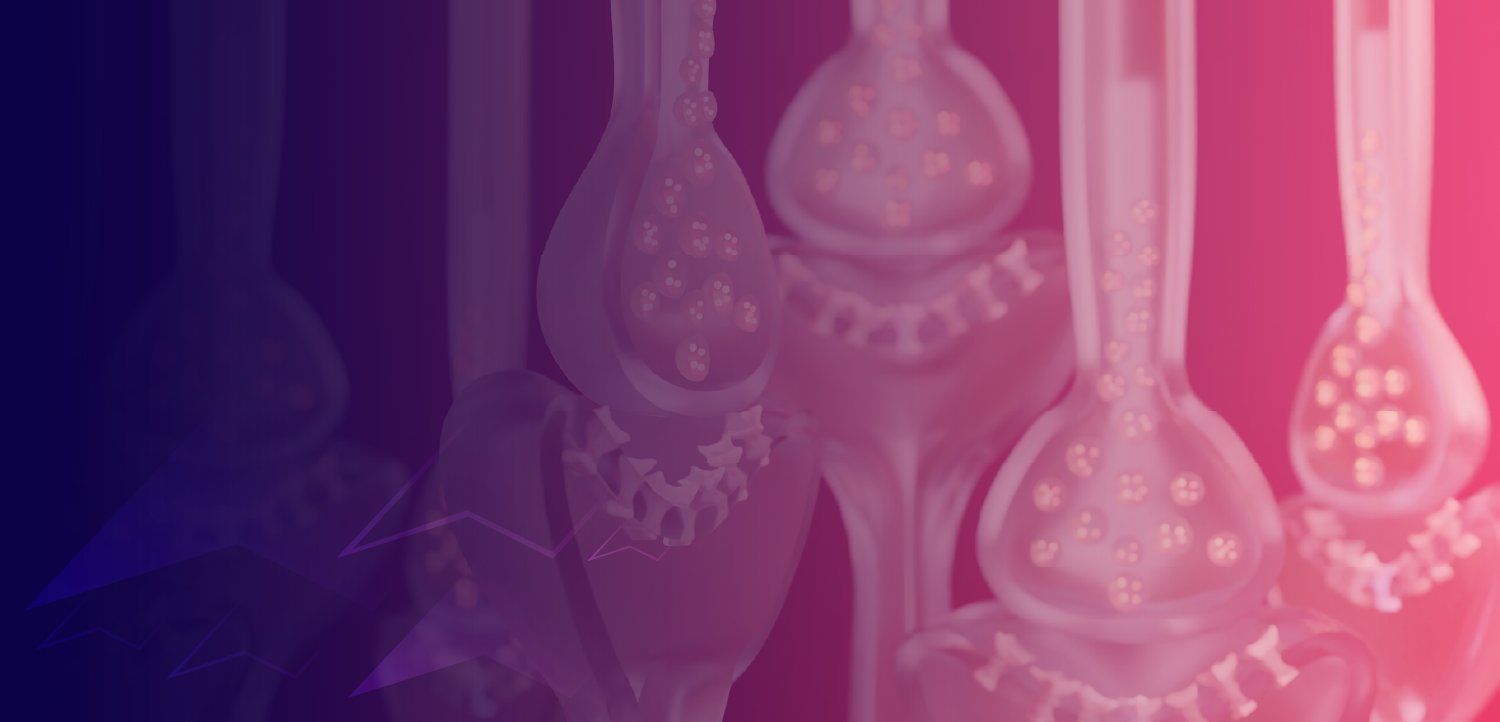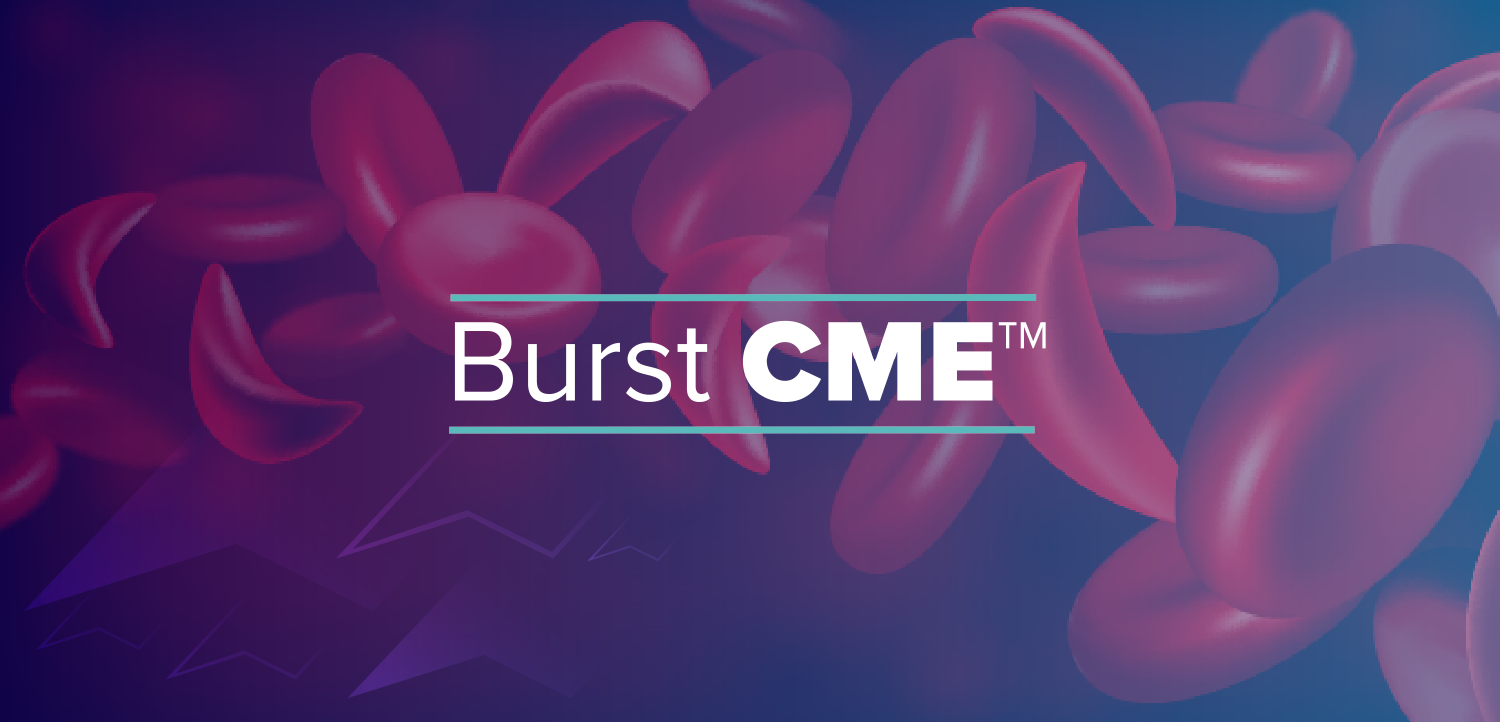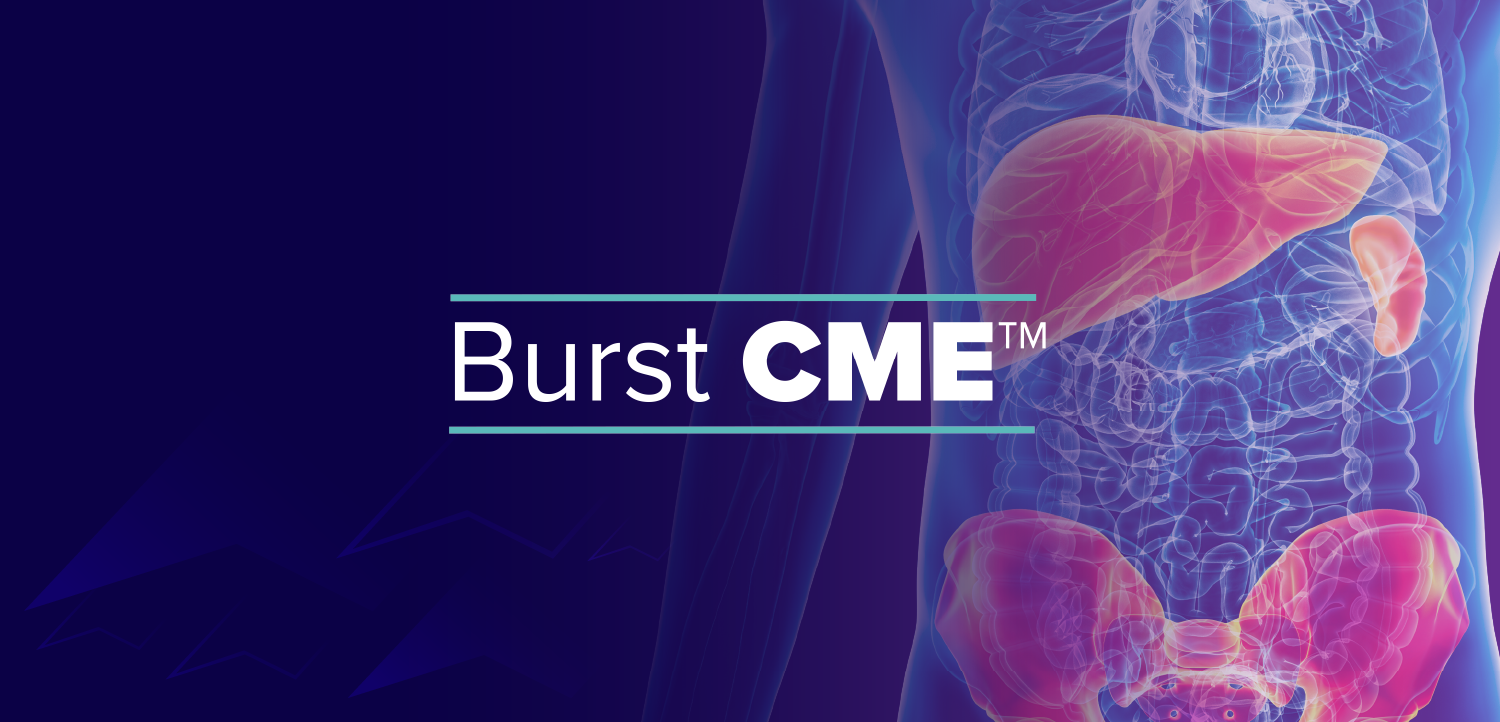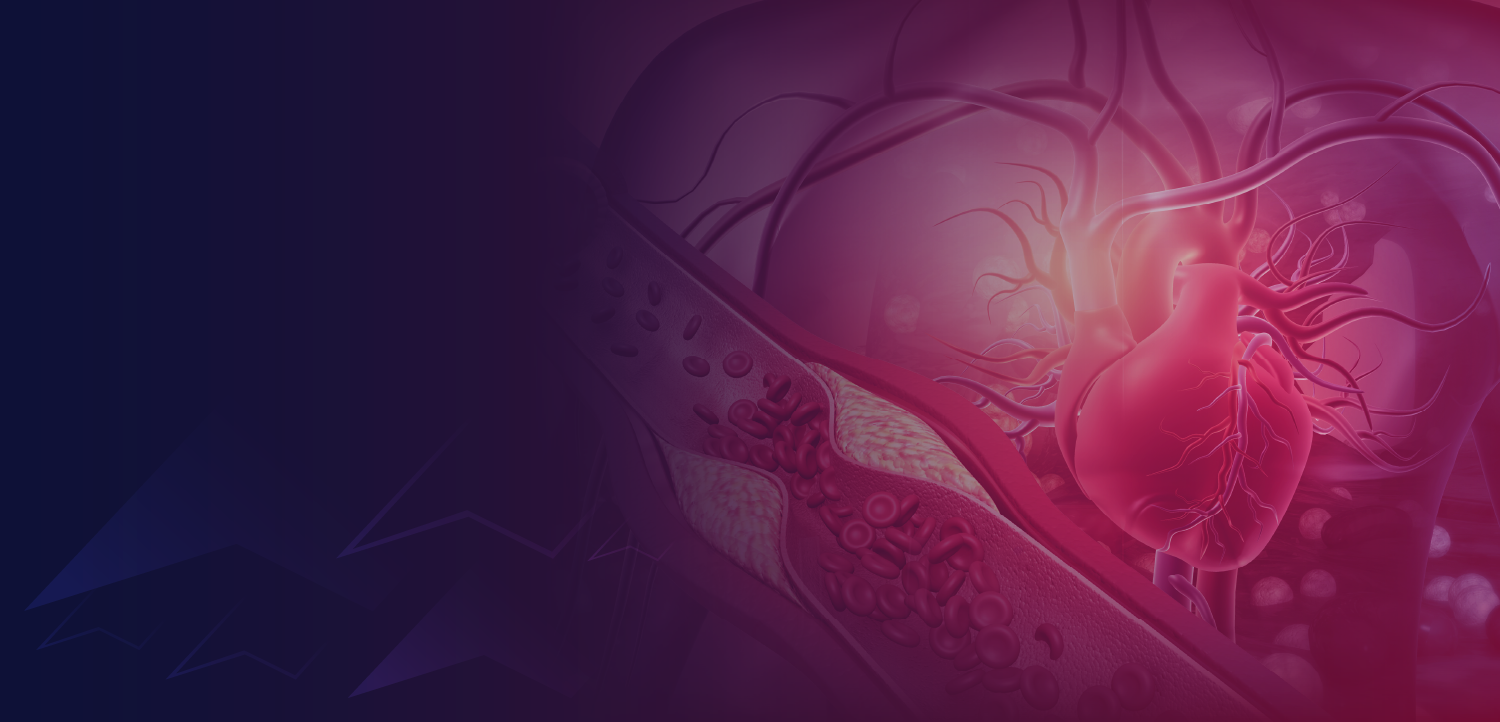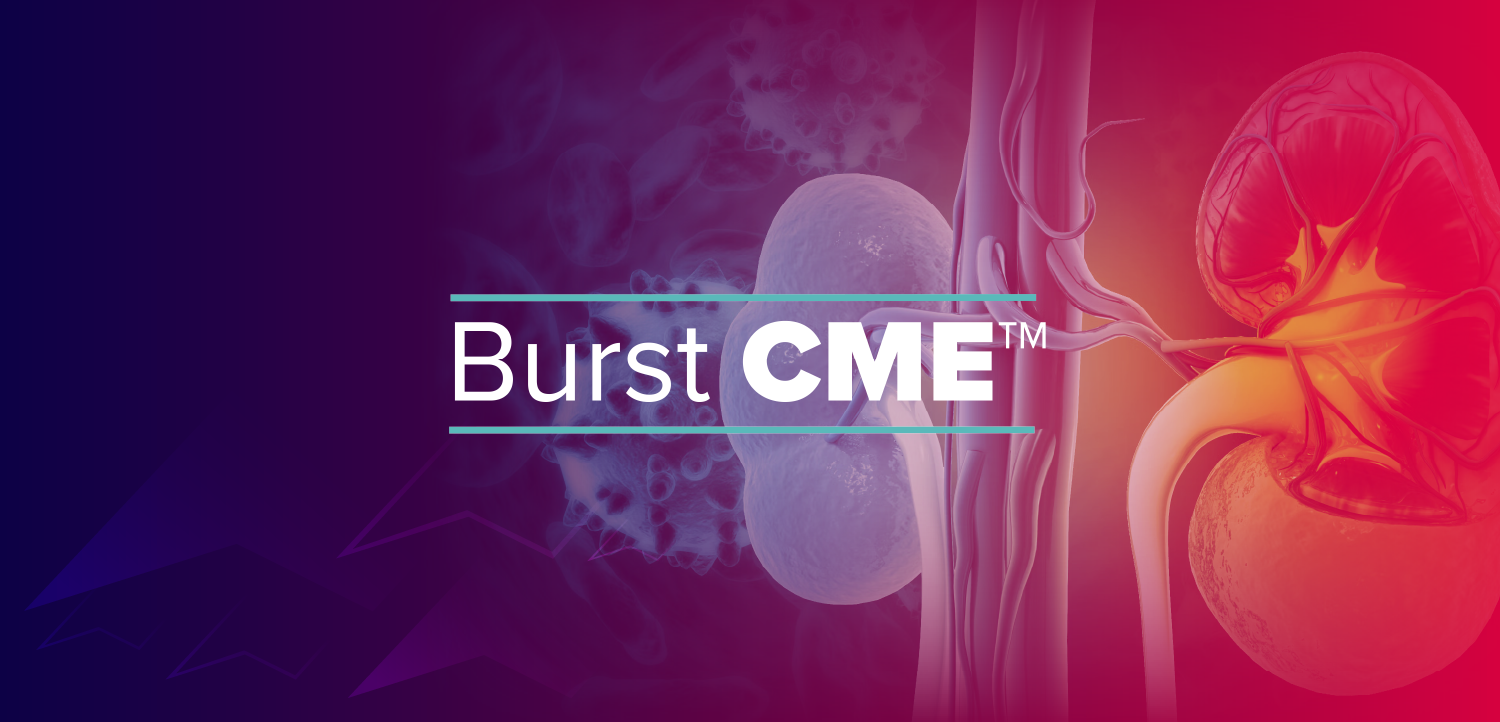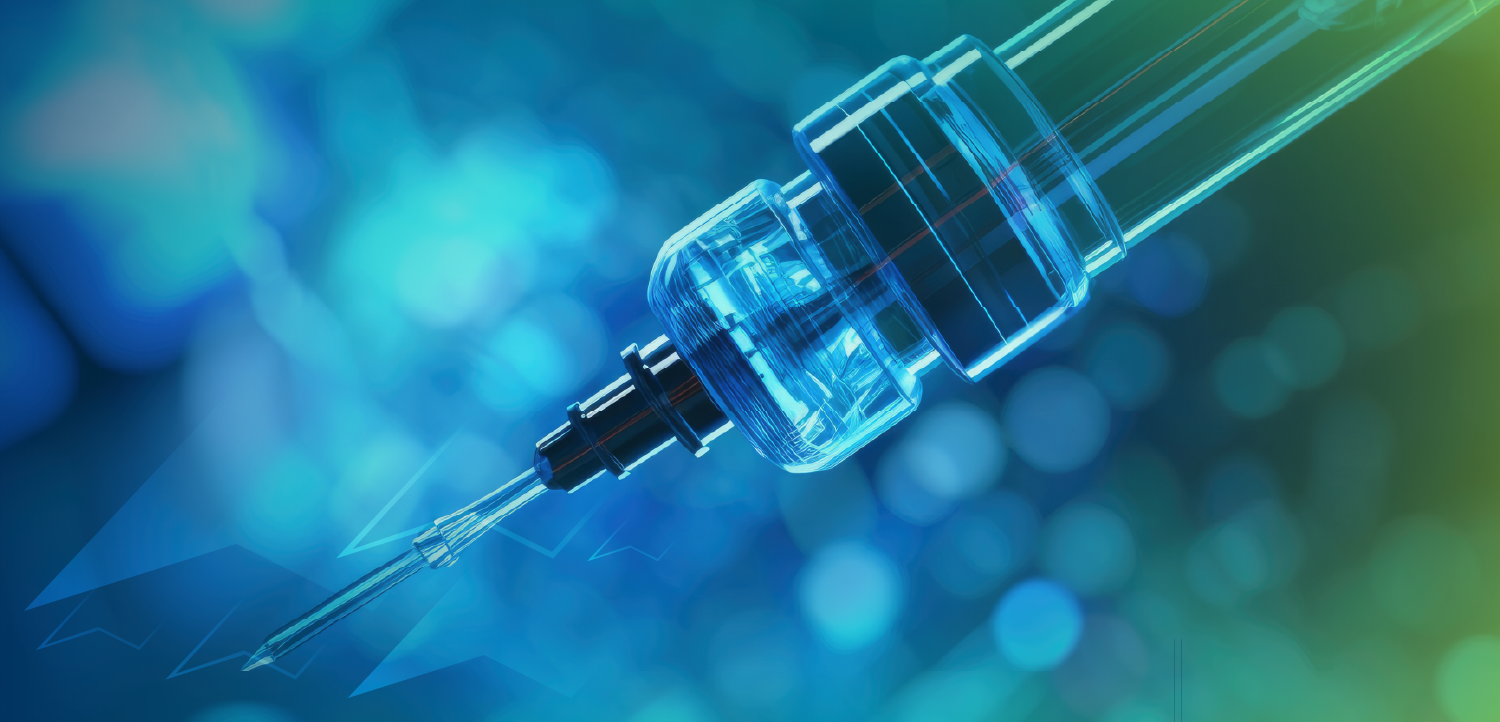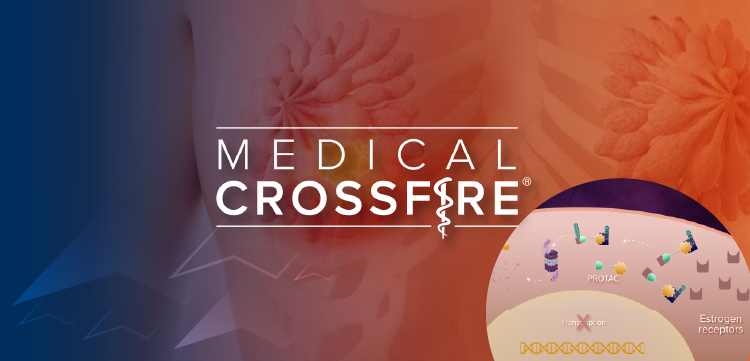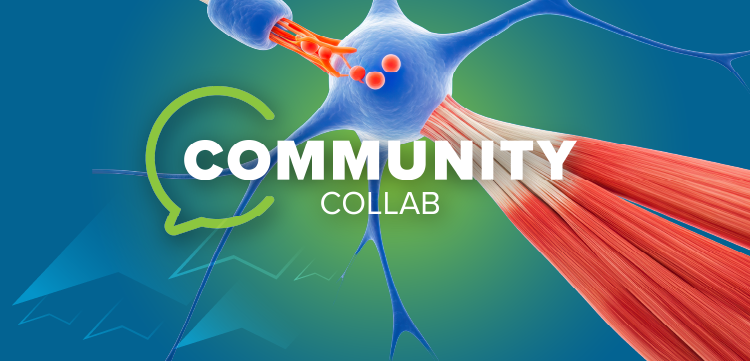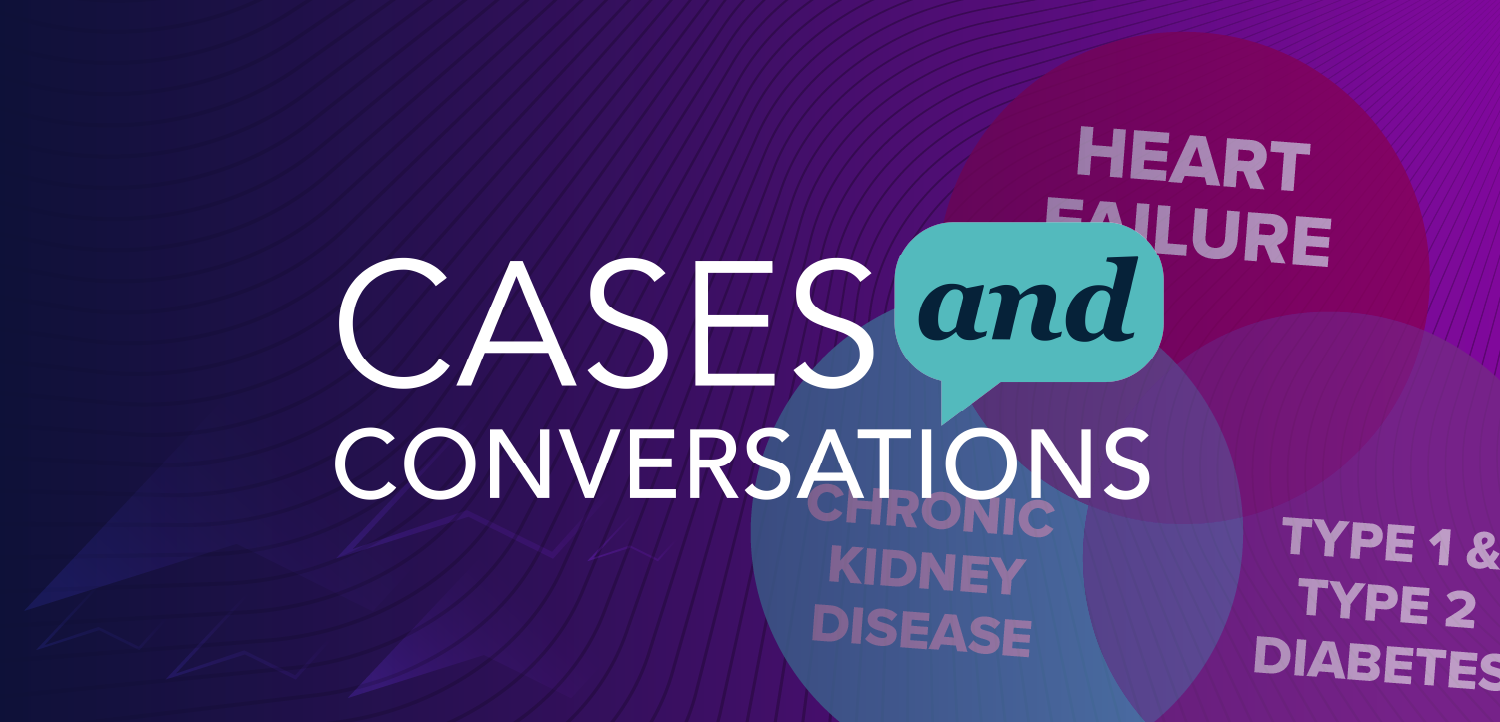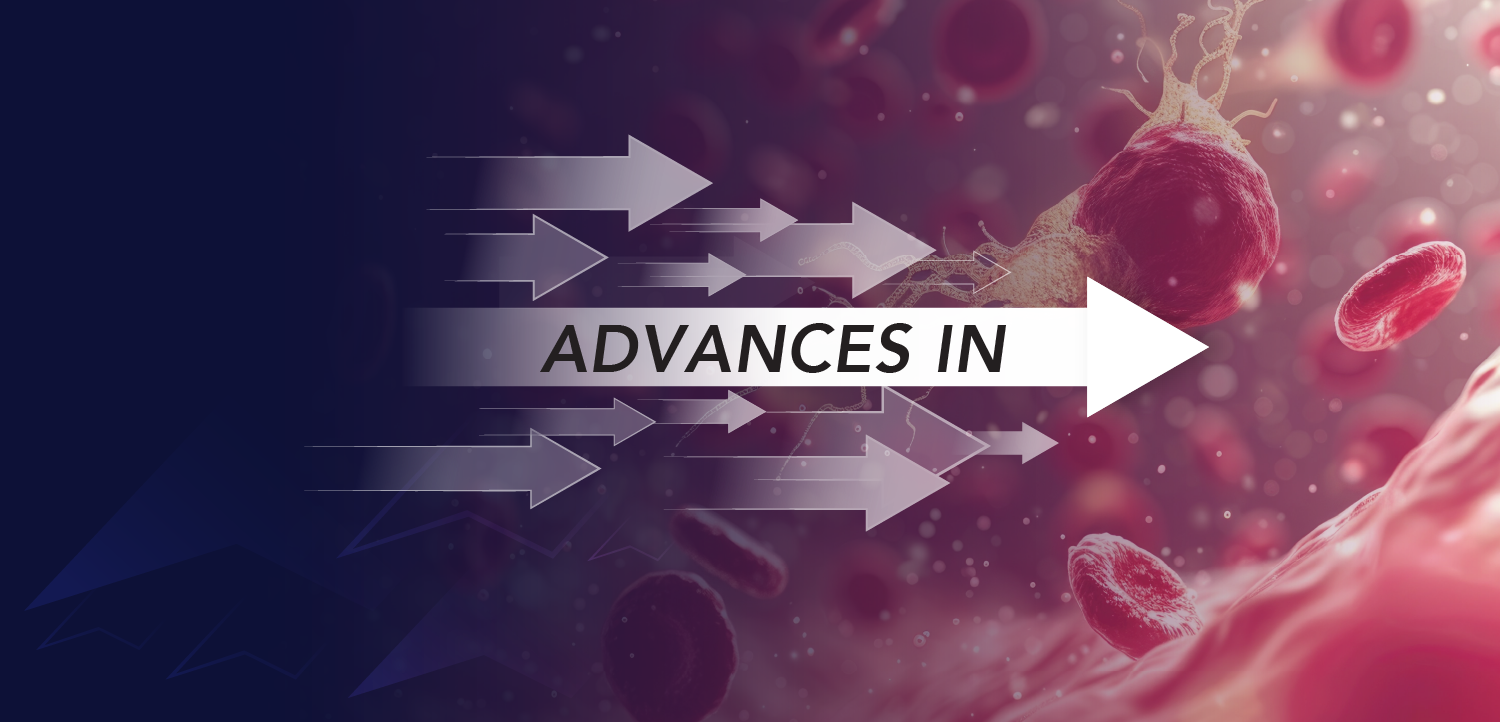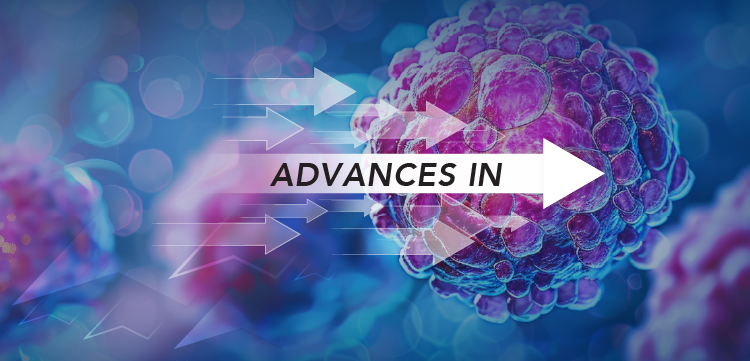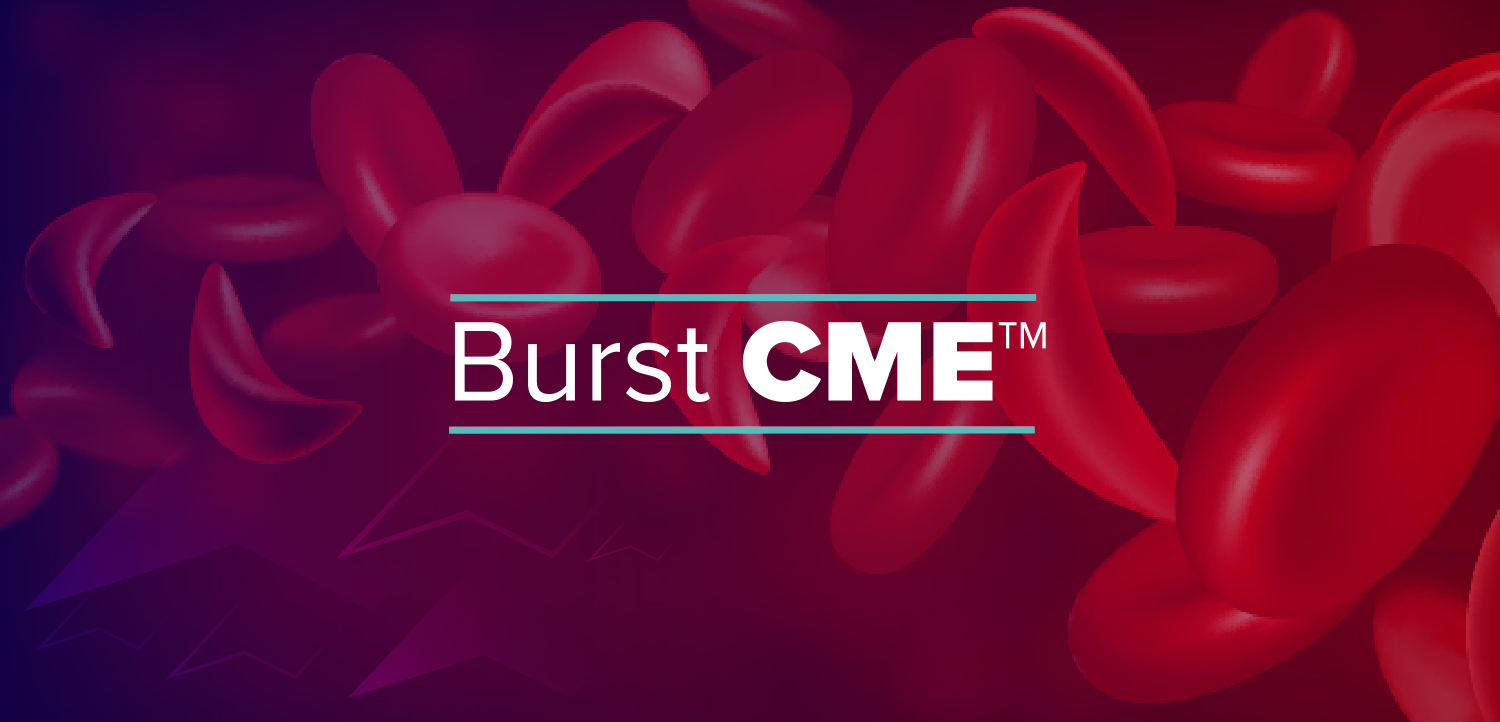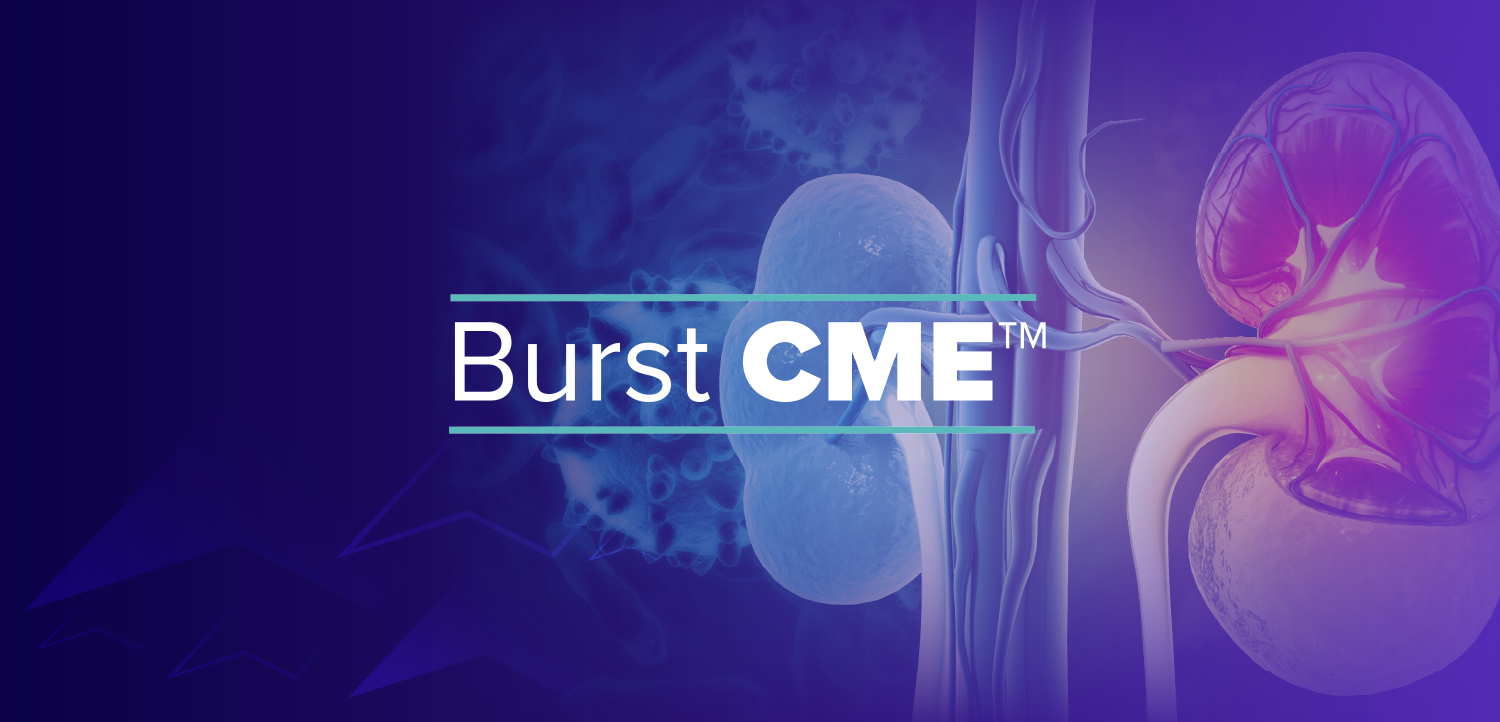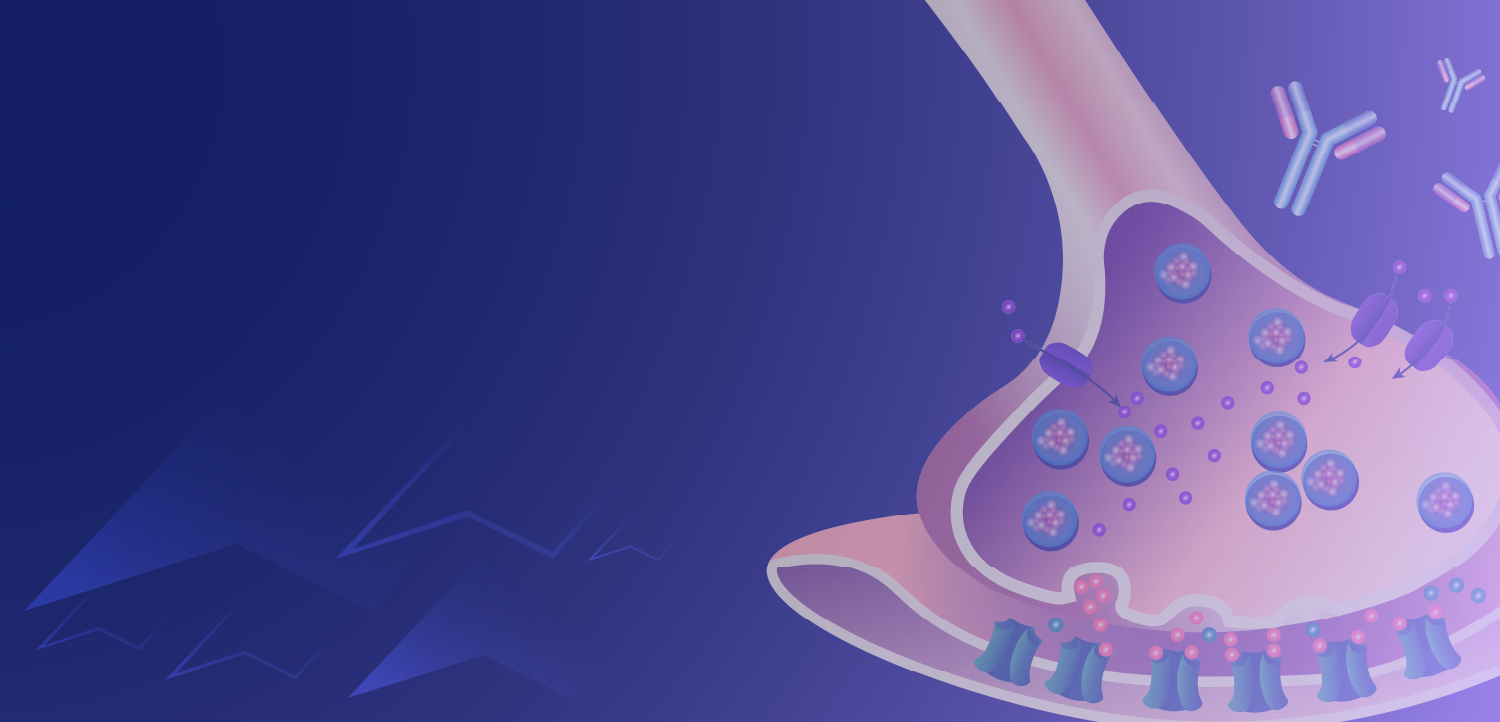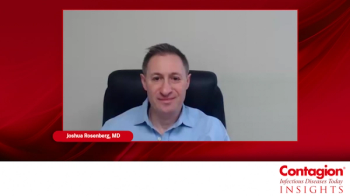
What Role Should Scientists, Clinicians Play With Mirror Life Policy, Public Communication
In part 2 of the conversation, David Relman, MD, discusses the importance of the research and medical communities in shaping future work in this area as well as the potential severe consequences of Mirror Life in a worse case scenario.
As explained in the first segment of this interview, Mirror Life is an alternative life form concept that has never been discovered in nature, although certain mirror-image components of molecular machinery have been synthesized in the laboratory and, in principle, entire mirror organisms could be created.1
There are major concerns around Mirror Life. David Relman, MD, professor of medicine infectious diseases and a professor of Microbiology and Immunology at Stanford University, was part of a group of scientists who late last year warned the public in an article in the publication, Science, that the creation of Mirror Life could cause, "unprecedented and irreversible harm" to human health and ecosystems worldwide.2
Relman believes scientists and clinicians play a critical role in thinking about this concept.
“One of those roles is as subject matter experts, people who understand where science is headed and why and how. We might anticipate risks before they're fully realized,” Relman said. “And that's one of the really important, unusual good news stories about this recent assessment of the risks of Mirror Life, because it was the very scientists who had thought about creating Mirror Life, who had planned to build mirror life, who were funded to build Mirror Life, who were the very scientists who said we realize this was actually a bad idea. We should not do this.”
Relman offers a glimpse of a potential doomsday scenario with the creation of Mirror Life.
“There are nutrients on our planet which are available to life forms of both handedness, so called a chiral nutrients, things like glycerol. It could be eaten by not just the life we know, but by Mirror Life as well. So point one is Mirror Life could grow. It could find nutrients. The big advantage that Mirror Life would have over all other life is there's very little that would kill it, because viruses would be unable to infect a mirror bacterium, and other predators, like phagocytic cells, macrophages in the human body or amoebae in the environment, would be unable to engulf and digest a mirror bacterium,” Relman said. “Basically, you have what might be a slow growing organism that just keeps going. It would be the ultimate invasive species, not just of soil and aquatic systems on the planet, but also of humans, other animals, and plants. We would essentially be overwhelmed by an inexorably growing bacterium that just would not have any natural constraints on it.”
To watch the first episode of this interview, go
References
1.Mirror life Wikipedia. Accessed August 2, 2025.
https://en.wikipedia.org/wiki/Mirror_life
2. Katarzyna P. Adamala et al. Confronting risks of mirror life.Science386,1351-1353(2024).DOI:10.1126/science.ads9158
Newsletter
Stay ahead of emerging infectious disease threats with expert insights and breaking research. Subscribe now to get updates delivered straight to your inbox.

